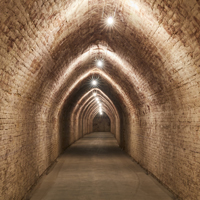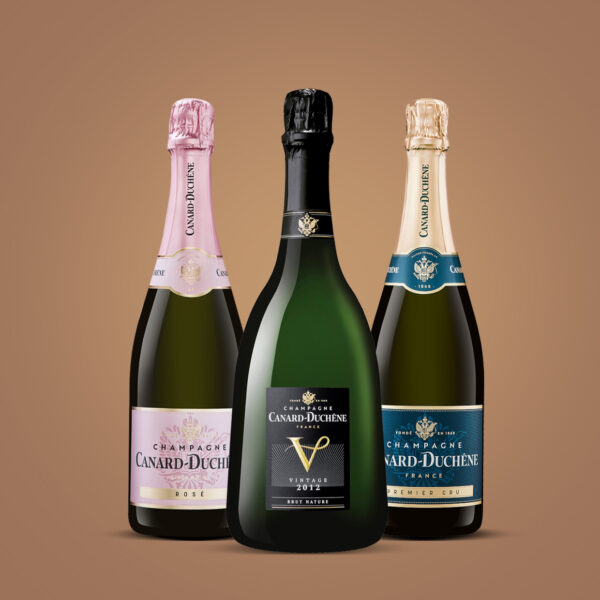The Mag
Champagne : true or false?

There are many misconceptions about the most French of wines. Did you know that since 2015, the Coteaux, Maisons et Caves de Champagne have been listed as a UNESCO World Heritage Site?
To mark Heritage Days in September, let’s untangle the real from the fake when it comes to champagne, and taste this precious heritage in the proper way!
”Champagne is the combination of wine and gas”
FALSE! The entire process of creating champagne is carried out with the help of the human hand, but nature also has its part to play.
If you follow the Mag, you’ll know that champagne is made by fermenting grape juice. The sugar is transformed into alcohol: this stage is called alcoholic fermentation. The wine is then dry and “still”, meaning it doesn’t foam.
It’s only during the second fermentation, when the wine is bottled, that the grape yeast and sugar are naturally transformed into carbon dioxide (CO2). The wine then develops its organoleptic qualities and becomes effervescent!
To find out more, read our following articles:
– Everything you need to know about the champagne making process
– The blending of champagne at Canard-Duchêne
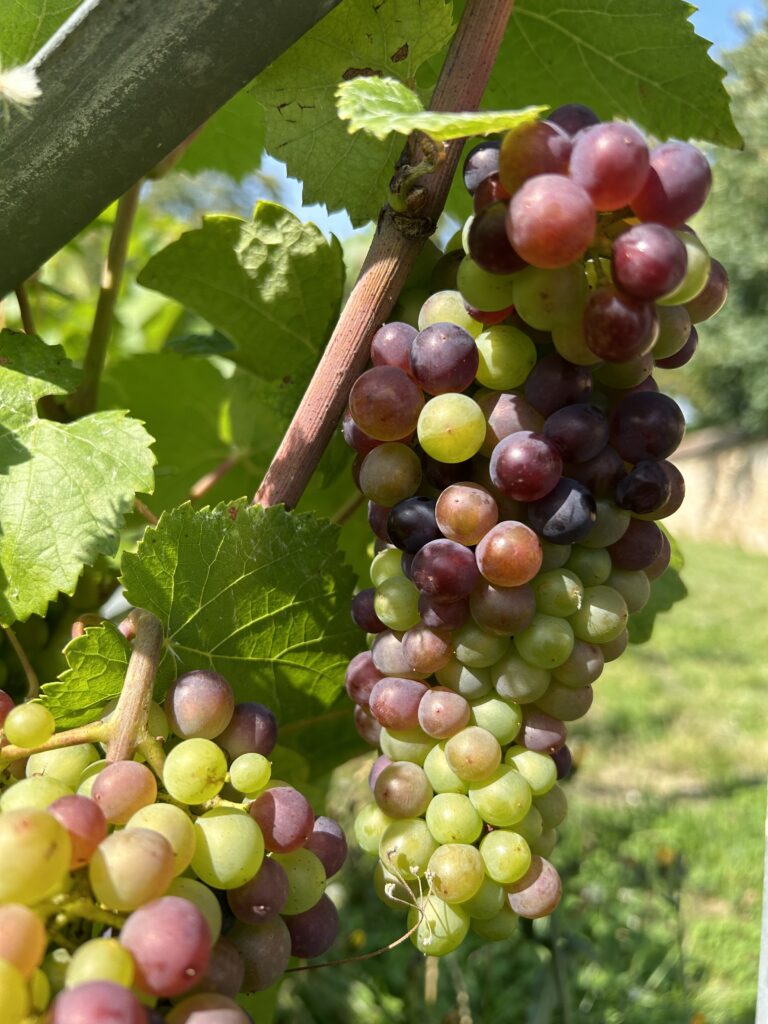
”Champagne is made exclusively from white grapes”
FALSE! Champagne is created from three main grape varieties, two of which – Pinot Noir and Meunier – produce black grapes with white juice.
The third is Chardonnay, a white grape variety.
Of the 4 other grape varieties considered secondary and found in Champagne, only one produces tinted grapes. Among Pinot Gris, Pinot Blanc, Petit Meslier and Arbanne, it’s the first on the list, whose grapes are colored and yet give white juice.
As for rosé champagne, there are two methods that give it its full flavour and pretty colour: assemblage (addition of red wine) and saignée (maceration of black grapes).
Find out all about it in our article What is a rosé champagne?
”You shouldn't keep your champagne in the fridge”
TRUE! Ideally, champagne should be stored in a cool cellar, away from light, for the medium to long term. But to fully appreciate it, you can store it at the bottom of your fridge (around 10°C) for a few hours before tasting it. This prevents the cork from drying out, which can alter its flavour.
We don’t recommend putting your champagne in the freezer to chill it more quickly, as this could alter its taste.
Bear in mind that champagne should always be served chilled, and never iced!
You have the option of placing your bottle in an ice bucket half an hour before serving.
Now you can enjoy a 100% delicious tasting experience with friends and family!
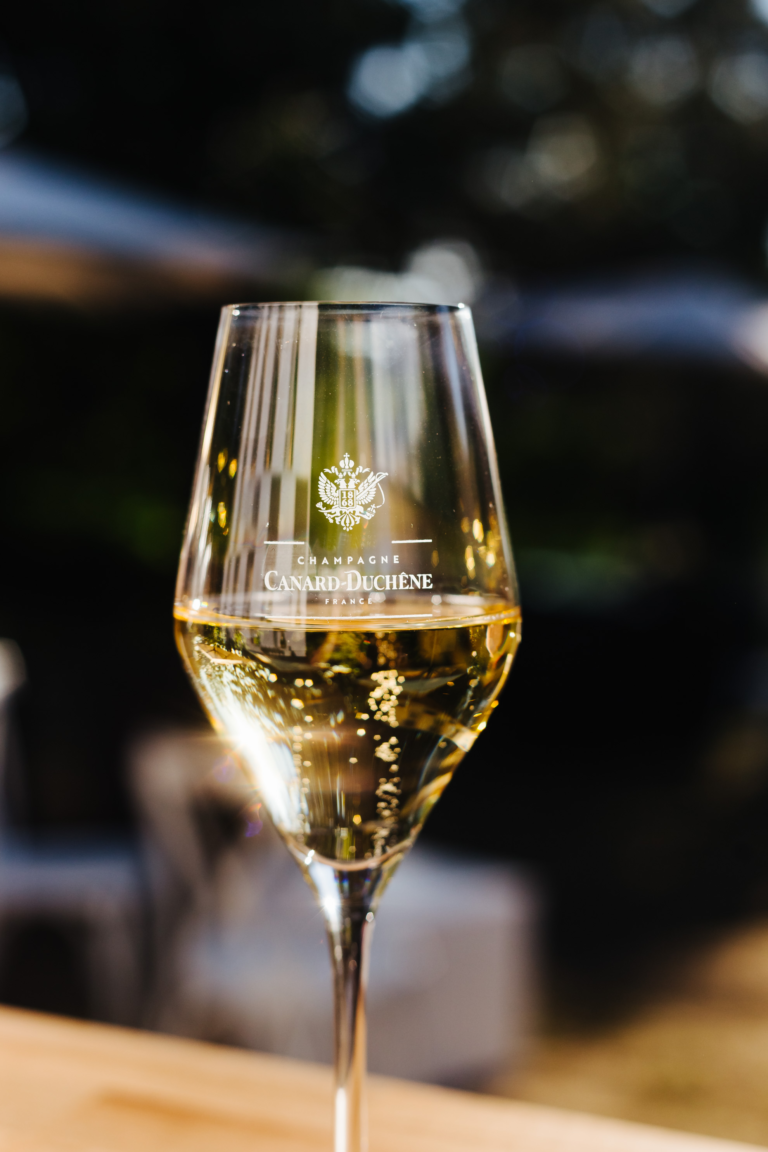
“Champagne must be served in a special champagne glass”
FALSE! You can, but you won’t get the same effervescent quality.
The wide, flared shape of a “coupe” lets the bubbles escape too quickly, as do the champagne’s aromas. It’s also less practical when served standing up, so be careful not to knock it over!
To optimally preserve the bubbles and retain all the flavours and purity of the aromas, we recommend serving champagne in a wine glass. You can also take your time admiring the bubbles as they travel up your glass. What’s more, a long stem avoids warming the champagne in your hand!
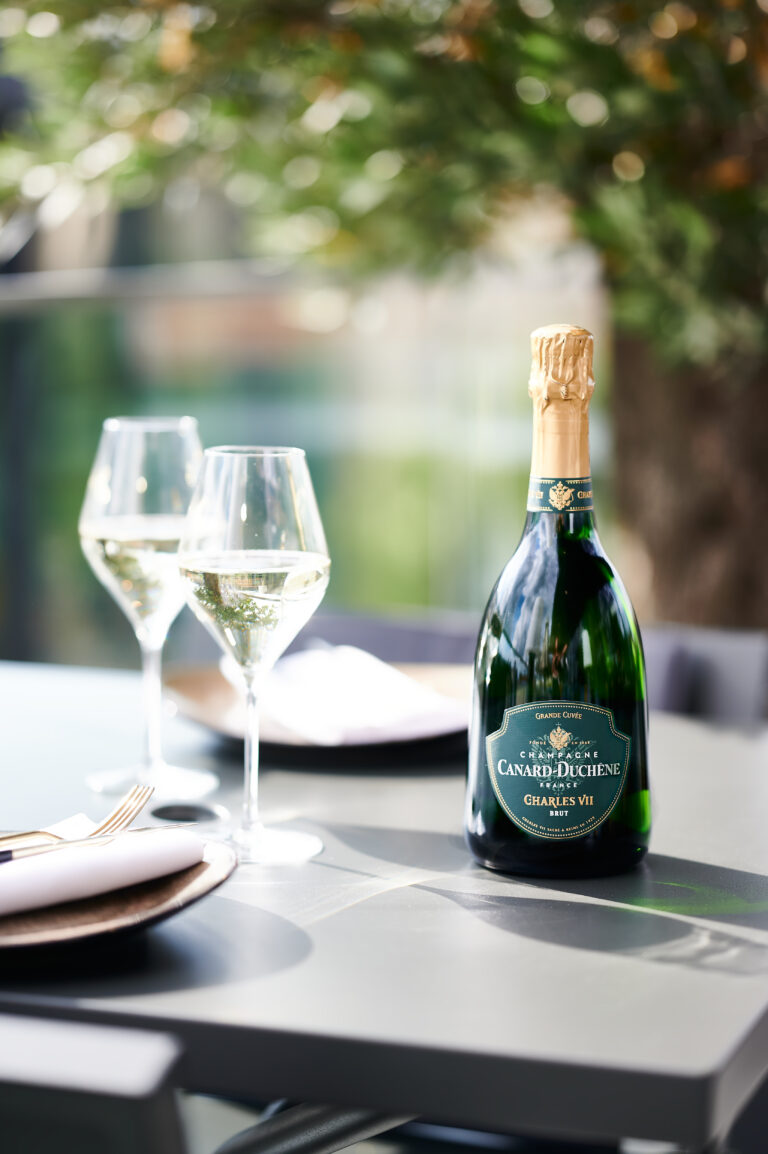
“Champagne is only for dessert!”
FALSE! We’ve shared with you a number of recipes, from starters to desserts, that go perfectly with champagne. Nor is it reserved exclusively for festive meals, even if it does offer some original gastronomic pairings.
Discover fabulous food and champagne pairings with our Charles VII cuvées in our article Charles VII cuvées: from history to gastronomy.
Now that you’re fully informed about these preconceived ideas, you can enjoy the full potential of your bottle of champagne!
For further tips and news, subscribe to the Canard-Duchêne newsletter.
These articles may be of interest to you
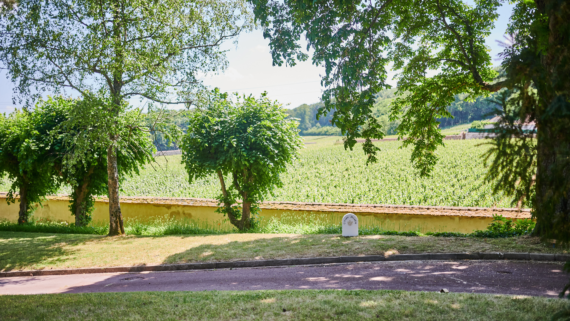
Knowledge
The 2023 harvest with Canard-Duchêne

Partnership
From Ludes with love… where can you taste Champagne Canard-Duchêne?
In grand style or with smaller circles, discover all the places where you can savour the House's bubbles and enjoy exceptional experiences.



